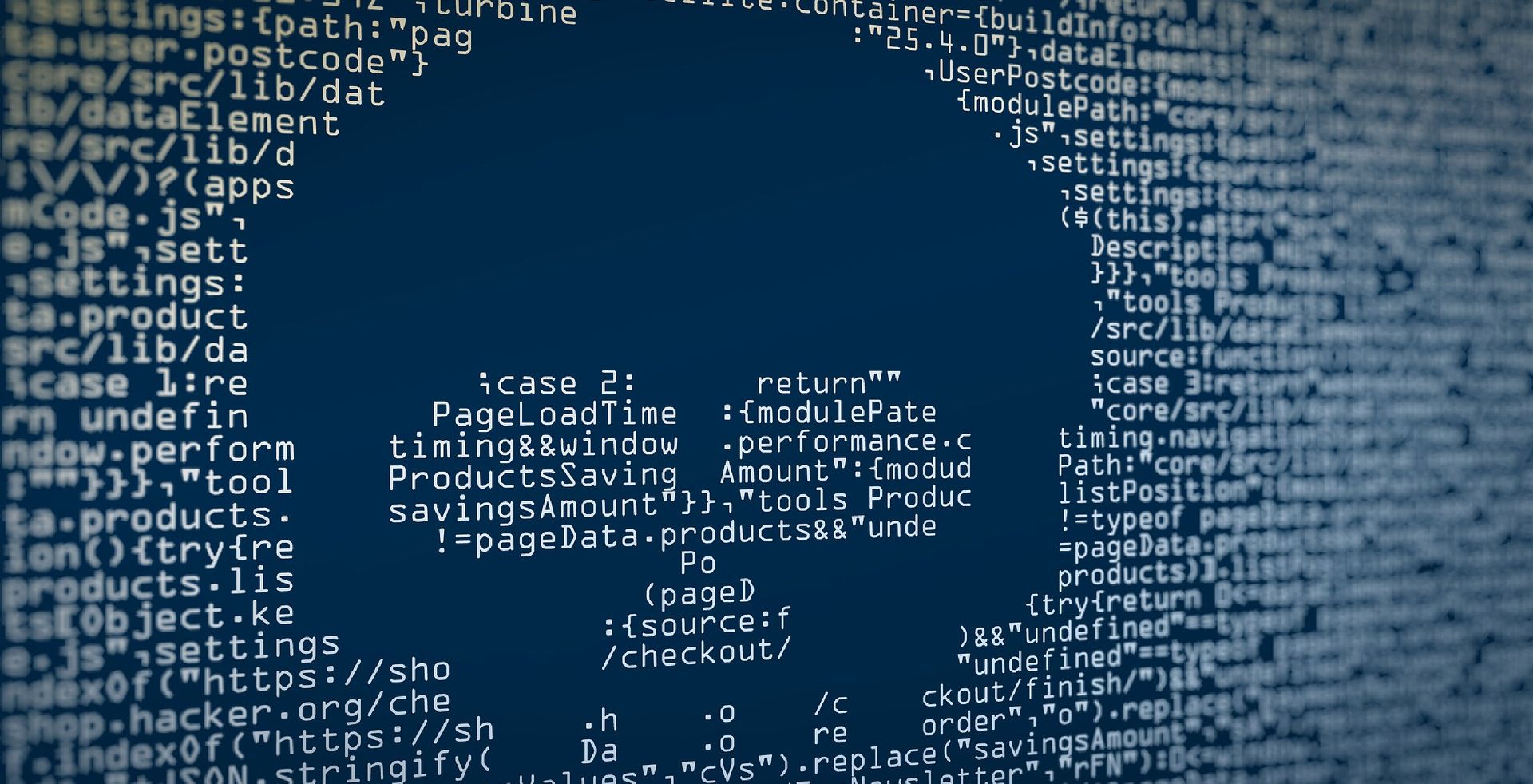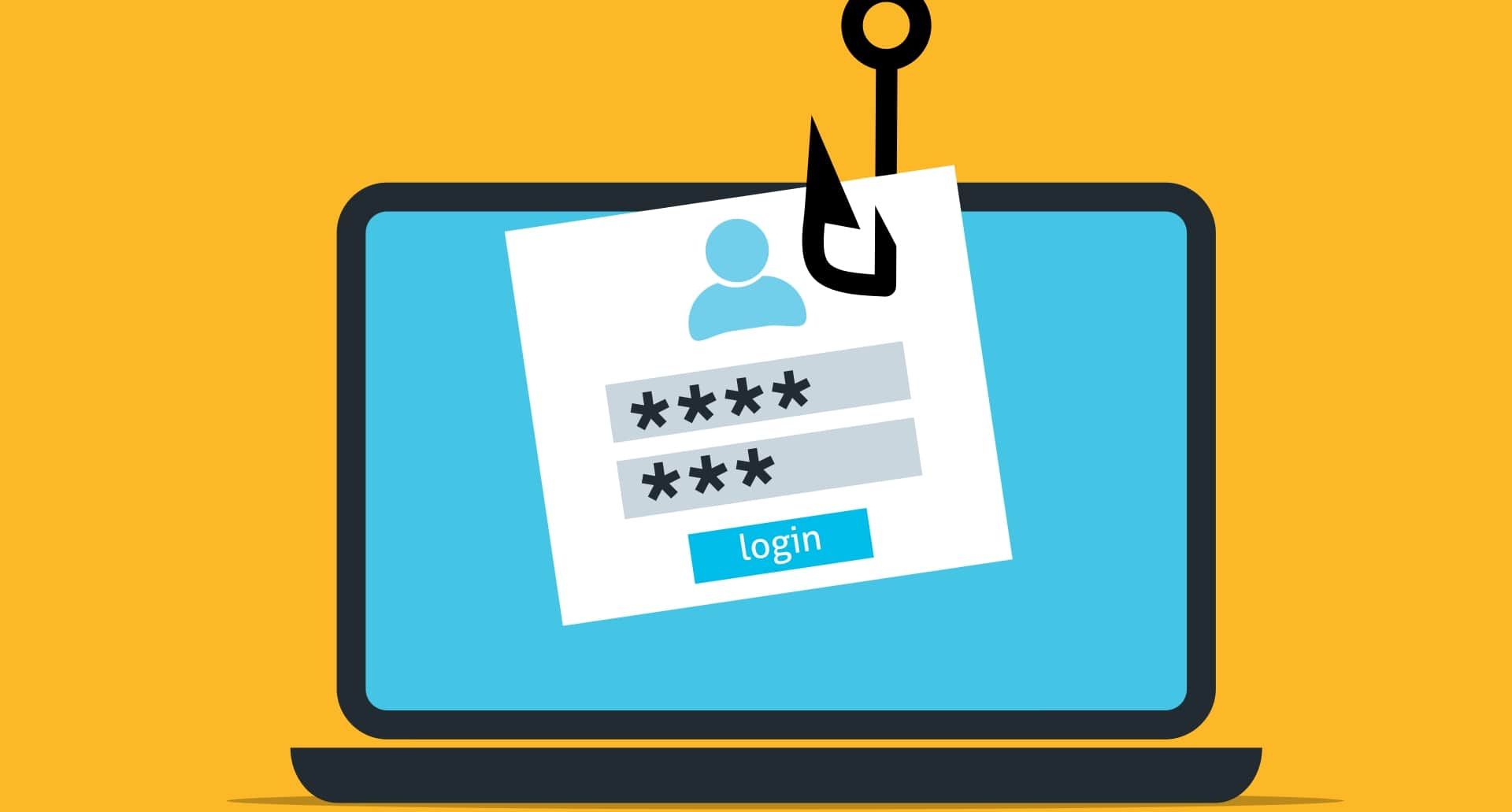In our modern digital age, data breaches are worryingly common. Both individuals and organizations are at risk of losing their data to malicious attackers, which can sometimes lead to devastating consequences. But how exactly do data breaches occur? What are the most common ways through which sensitive data can be leaked from devices?
1. Malware
The term "malware" covers a range of dangerous programs, from ransomware, to Trojans, to adware. Malware can negatively affect devices in a huge number of ways and can often lead to data breaches. Ransomware attacks can often lead to data breaches, wherein an attacker will encrypt an individual or organization's data and demand a ransom in return for the decryption key. If the victim does not comply, the attacker will likely then leak this data publicly or sell it on the dark web.
Today, it is all too easy to download malware onto your device unknowingly. This can be done via malicious links, attachments, and other files via a range of vectors. For example, malware infections via email attachments are common, with cybercriminals hiding malicious programs in seemingly benign attached email files.
2. Social Engineering
Social engineering is another commonly used cybercrime method. This can be used in tandem with other kinds of attacks, such as phishing, but always involves one key element: manipulation. When a social engineer targets a victim, they will use deceptive and persuasive language to convince or pressure them into divulging sensitive information.
For example, phishing emails often use urgent and persuasive language to push the victim towards complying with their request. A typical credential phishing email may state that you need to log in to a specific online account to perform an important action, such as verifying your identity or checking suspicious behavior.
When a victim uses the provided link to log into their account, they're essentially handing their credentials over to the attacker via a phishing site.
On an organizational level, successful social engineering can lead to huge data breaches, which can be devastating for the victim. When a company has its data stolen, both its employees and its customers could be at risk of having their private information exploited.
3. Weak and Recycled Passwords
It's certainly convenient to use the same password for multiple accounts, as storing and organizing your login information can be frustrating. But using the same password repeatedly makes your online accounts a lot more vulnerable to hacks, which will put your private information at risk. This is because, once an attacker has one of your passwords, they may sell it online for other malicious actors to exploit.
This means that, if you use one password for multiple accounts, you may have multiple accounts hacked at once if the password falls into the wrong hands. On top of this, using a super simple password can also be a big mistake. The more basic a password is, the less time it'll take for a hacker to crack it. So, by adding more numbers, symbols, and capital letters, you're increasing the complexity of your password, therefore making it more difficult to crack.
4. Human Error
Unfortunately, human error is one of the most common causes of data breaches. While our devices can certainly fail us from time to time, it's much more likely that a human-borne fault will lead to the theft of sensitive data. In fact, Verizon stated in its 2022 Data Breach Investigations Report that 82% of data breaches involve a human element.
Human error in cybersecurity can relate to a number of things. For example, a company could forget to update its security software, or an individual could leave their device unlocked in a public place. It's these small mistakes that can lead to severe consequences, such as a data breach.
5. Insufficient Security Measures
It can be surprising to learn how much you need to equip your devices and accounts to effectively protect them from attacks nowadays. Cybercriminals have developed hundreds of different attack techniques as the years have passed, with some having the ability to bypass or overrun common security measures. This is why it's crucial to have various layers of security in place to protect your digital data.
For example, if you're not using two-factor authentication on your social media accounts, they become that much easier for a cybercriminal to hack. Or, if you're not using a VPN while connected to a public Wi-Fi network, you're also putting your data at risk.
On an organizational level, insufficient security measures can also be commonplace. A lack of encryption, outdated antivirus software, and unregulated account permissions can all lead to data breaches, which is why businesses are becoming more aware of their cybersecurity levels.
6. Physical Device Theft
Data breaches are not always entirely remote. Sometimes, data is stolen physically via the theft of digital devices. For instance, if someone is storing some private information on a USB flash drive, it could be easily exploited if the drive fell into the hands of a malicious actor.
Some people even act as insiders within organizations and can steal company hardware in order to access sensitive data. If a given device is not protected by a password or PIN login, it can be incredibly easy for a threat actor to access the data in question and exploit it for their benefit.
7. Lack of Employee Training
Within organizations, it's important that employees know what to look out for to steer clear of cyberattacks. While not all cyberattacks can be stopped in their tracks, there are many that require some level of compliance on the victim's part.
In reality, most individuals are not adequately educated on cybercrime, meaning attackers can swindle them a lot more easily. So, some businesses have now made the move to training their employees on how to spot and avoid potential attacks. For instance, training your employees about the key signs of a phishing email, or the red flags surrounding suspicious files, can help in protecting company data.
Data Breaches Are Now a Huge Concern
Whether you're a regular individual or a huge corporation, the risk of a data breach is always there. Today, data is highly valuable, with malicious actors making thousands or millions of dollars via the sale of information on dark marketplaces. Because of this ongoing threat, it's vital that you ensure your devices and accounts are being guarded as effectively as possible so that your data stays protected.






.jpg)

